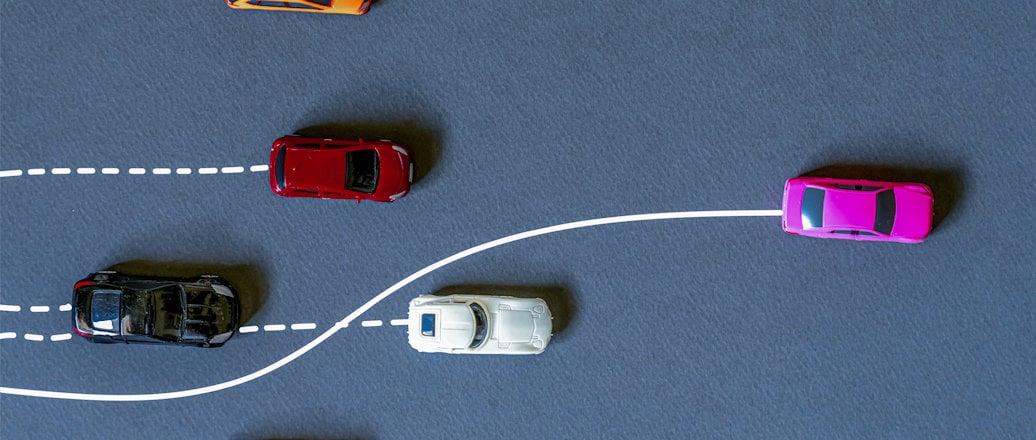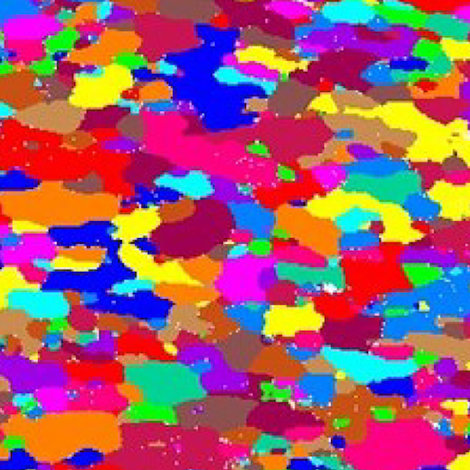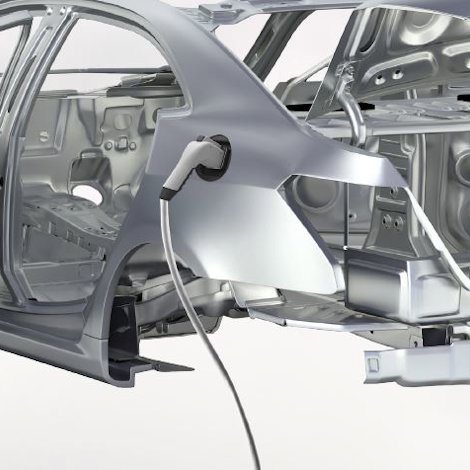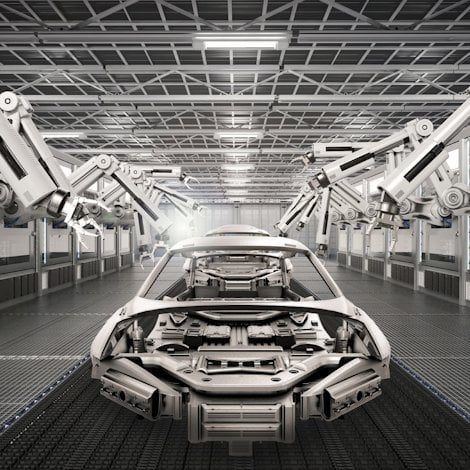How megacasting could revolutionize car manufacturing
High-pressure die casting is not a new process, but its potential to be used for the creation of larger car parts is a recent advancement. With megacasting, 100 parts could be replaced by one.
High-pressure die casting (HPDC) has been around for many years to produce a variety of aluminium car components, such as engine and structural parts. The technique is ideal for mass producing intricate, thin-walled components, thereby reducing weight and promoting the use of aluminium in automotive manufacturing. During this process, liquid aluminium is pressed into a mold under high pressure, prioducing the three-dimensional shapes with high accuracy and a short cycle time.
A recent development is that HPDC machines can be made in much bigger sizes – to make so called mega or gigacastings – enabling the casting of parts weighing up to 100 kilograms or more.
With this development, automotive manufacturers are exploring the possibility to cast entire front and/or back sections of the chassis. These are parts that traditionally have been produced as assemblies of several stamped steel parts joined together. With megacasting, an assembly that typically contains 50-100 parts can now be replaced by only one. The business case for megacastings is therefore primarily linked to reduction in assembly cost and time, as well as logistics and storage cost.
Since the process of HDPC enables the production of three-dimensional, intricate shapes, it offers new possibilities in structural design by deploying the material only in areas where it carries weight. This indicates potential for reduced weight through megacastings, positively influencing driving performance and fuel economy – or range, in the case of electrical vehicles.
Roadblocks to megacasting
Of course, as with any new technology, there are potential roadblocks. The three most frequently raised are investment needs, shape tolerances and repairability.
- The most expensive element is the initial investment in the technology and the mold, but combined with its short cycle time, megacasting is well-suited for high volume production. In contrast to many new technologies within the field of automotive, which are first introduced in the high engineering market with small volumes, megacasting is introduced for vehicles within the mass market.
- The challenge regarding shape tolerance after casting can be controlled by adapting some calibration and machining of critical areas.
- The issue of repairability is handled by designing the chassis in such a way that the megcastings can only deform under extreme circumstances. This is done by designing the front and side crash management systems to be able to absorb the energy and protect against damages of the battery system. Aluminium profiles is the preferred choice for making these crash management systems.
I can say that the automotive industry’s confidence in megacastings are evident, and that this technique has the potential to revolutionize automotive manufacturing.








